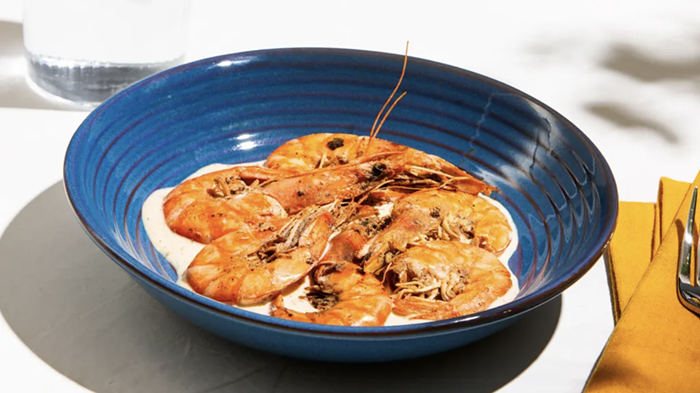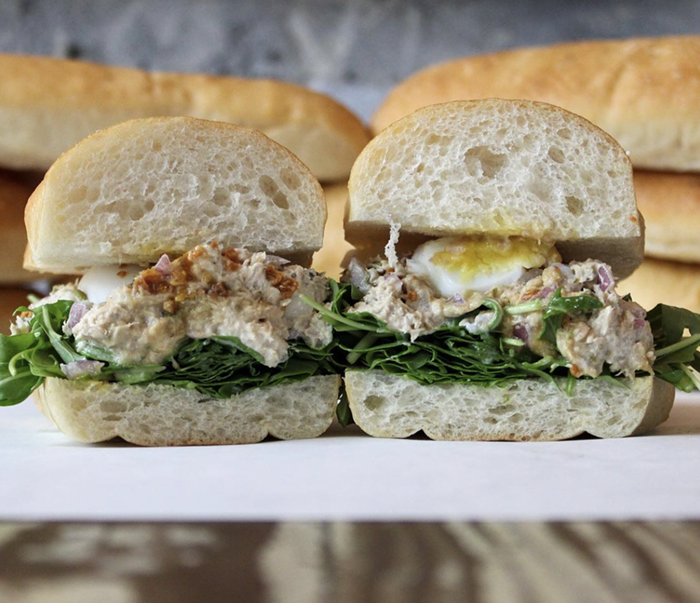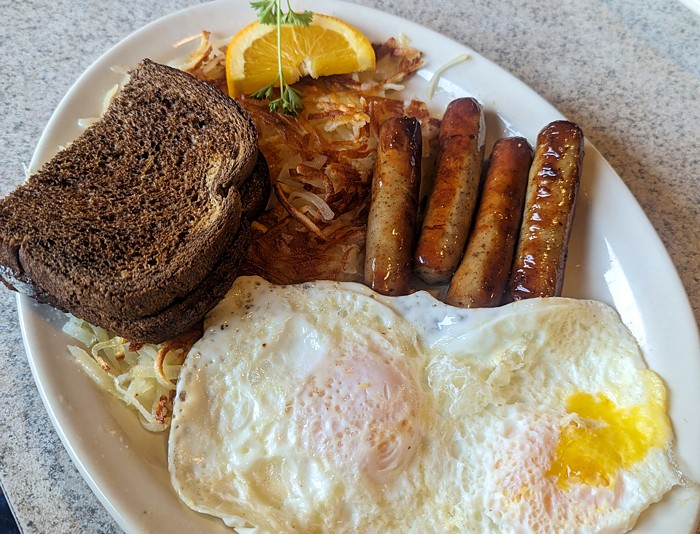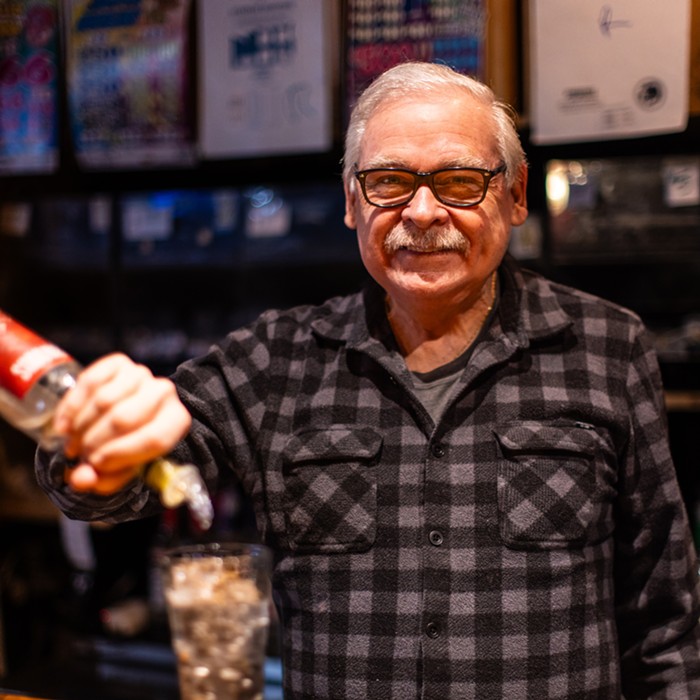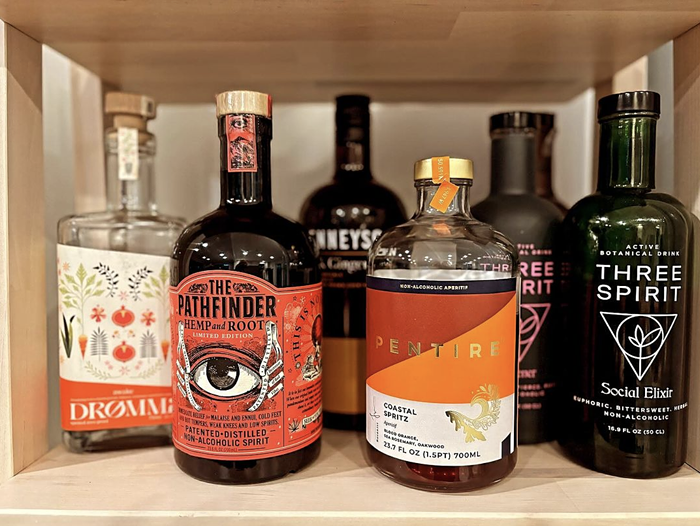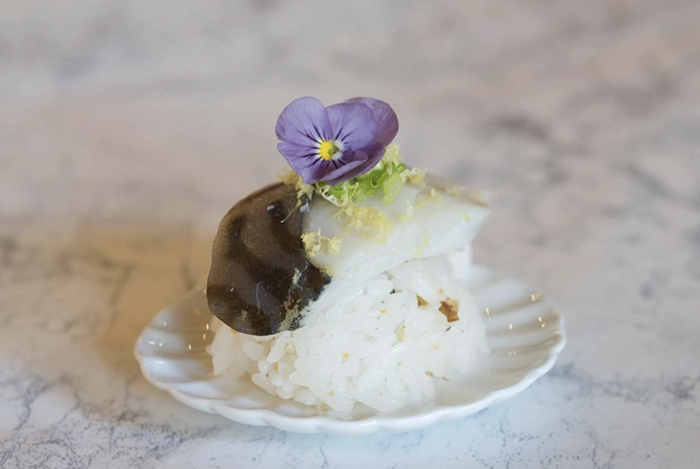Drinking chocolate, hot chocolate, chocolat chaud: What's the difference, and why the hell pony up over three bucks for a cup of glorified Swiss Miss? Generally speaking, the terms are interchangeable, and they all contain melted bittersweet (dark) chocolate rather than cocoa powder. Dark chocolate (65 percent cacao or more) is loaded with antioxidants; modern medicine has deemed .23 of an ounce per day beneficial to the health. Researchers also believe that the endorphins and opioids in chocolate elevate mood and reduce anxiety, which means that indulging is akin to having an orgasm while on morphine and Xanax.
Aztec royalty adopted the tradition of drinking cacao (which is indigenous to the Amazon) from the Mayans and Olmecs. Called tchocolatl, it was a cold, unsweetened beverage made from toasted, ground cacao beans, often flavored with chili, vanilla, or spices. It was popularized by Montezuma II, who reputedly drank up to 50 cups a day, most notably before visiting his harem. The Aztecs also developed the molinillo, a wooden whisk with rings on the bottom; when twirled between the palms, it whips the drink to a frothy consistency (these can be found for a few dollars at any Hispanic grocery—try Beacon Hill or South Park).
There's debate as to whether it was Columbus or Cortés who introduced cacao to Europe, but Cortés was the first to note its monetary and dietary attributes. He wrote that consuming tchocolatl increased one's stamina and fought fatigue (always thinking with their dicks, those Spaniards). Around the mid-1600s, his countrymen began adding sugar to warmed drinking chocolate, and by the 1700s, "chocolate houses" abounded throughout Europe. In the words of one Spanish physician of the day, chocolate made one "Fat, and Corpulent, faire and Amiable." This is also the guy who said, "Nor need the Women longer grieve/Who spend their Oyle, yet not conceive/For 'tis a Helpe-Immediate/If such but Lick of Chocolate." But I digress.
Chocoholics are of strong opinions about their cuppa. Chopped up chocolate or pistoles (pellets designed for rapid melting)? Milk, cream, or water? White sugar or piloncillo (unrefined Mexican sugar)? Cinnamon, nutmeg, or cardamom? Vanilla extract or bean; orange peel or muddled mint? Whipped cream or marshmallows? The version at Fran's Chocolates (downtown, University Village, and Bellevue; www.franschocolates .com) is a deceptively simple, awesomely rich blend of chocolate and whole milk capped with unsweetened whipped cream. It lends itself especially well to the addition of a little booze of your choice (Fran's doesn't sell alcohol, but you've got a flask, don't you?). Cafe Presse (1117 12th Ave, 709-7674) and Le Pichet (1933 First Ave, 256-1499) blend high-quality bittersweet chocolate, unsweetened chocolate, cocoa powder, cream, and milk into one of the most perfectly balanced cups in town—and they both have full bars, too. (Owner Jim Drohman is too much of a purist to directly doctor his chocolat chaud, but he admits he's not averse to a snifter of Armagnac on the side.)
There's a ginormous house-made marshmallow on top of the European-style hot chocolate at Trophy Cupcakes (Wallingford, University Village, and Bellevue; www .trophycupcakes.com). The drink's made with heavy cream and just enough chocolate for a lingering bitter note; the garnish adds a jolt of sweetness. (How do you make a marshmallow? Horse hooves are involved. Don't ask.)
For a destination-worthy demitasse, Mount Baker's Sweet & Savory (1418 31st Ave S, 325-2900) makes an Italianate version akin to warm chocolate pudding—the equivalent of drinking fuzzy bunny slippers. A nearly equal ratio of chocolate and cream gets a spark of ground chili before being melted in a stainless pitcher set inside a small frying pan on the stove. The accompanying ramekin of sweetened whipped cream is redundant but irresistible.
Queen Anne's El Diablo Coffee Co. (1811 Queen Anne Ave N, 285-0693) gives props to Montezuma with its fragrant version, made with house-ground Ibarra Mexican chocolate (flavored with cinnamon and granulated sugar), steamed milk, and whipped cream. It shows just how sexy hot chocolate can be (especially when made by a certain lanky barista).
If you don't want to spend $4 a cup, it's ridiculously easy to DIY, but bear in mind the more you spend on your base ingredients, the better the beverage. The Ibarra that El Diablo sells is available at most grocery stores and a steal at five dollars: Each yellow hexagonal box contains enough individually wrapped disks to make 18 cups of chocolate. Fiori Chocolatiers sells cans of Drinking Chocolate (shaved, eight ounces for $15 at Metropolitan Market or www .fiorichocolatiers.com), and Fran's Dark Hot Chocolate pistoles (nine ounces for $14) are available at its shops and PCC. Edible Seattle editor and hot-chocolate freak Jill Lightner recommends purchasing unsweetened cocoa powder in bulk ("There's something kind of cool about buying a kilo of South American product," she says). Depending on the brand, you'll drop between 8 and 20 dollars a pound for unsweetened cocoa at sites like Penzeys or ChefShop. And perfectly acceptable Hershey's Special Dark will set you back only four bucks at 7-Eleven. If you buy powder, get Dutch-processed; the Dutch know from hot chocolate, what with all the silver skates and shit, and their process makes chocolate more blendable in liquid.
Then what? For cocoa powder, measure one cup of cocoa to a half cup of white sugar, mix well, and store in an airtight tin. When the mood hits, put a heaping tablespoon in a mug, bring water or milk (organic whole milk really makes a difference) to just steaming (but not to a boil), then stir or whisk until all clumpiness is gone. Making homemade with solid chocolate is as easy as melting it into dairy product and stirring—find a recipe from Fran of Fran's below.
For your mid- or après-sledding party (or your work thermos), make a big batch in a pot and add liquor to taste (Frangelico, Tuaca, Grand Marnier, Kahlúa, or peppermint schnapps are affordable options for a crowd; save the cognac or single-barrel bourbon for intimate gatherings or getting laid). Don't forget marshmallows or whipped cream—from a can is fine (whip-its do make for a festive time), or if you want to be fancy, whisk up some chilled heavy cream beforehand. Unsweetened cream makes for a less cloying drink; if adding sugar, go powdered. You can also forgo booze in the drink and add a bit to the cream before commencing whipping. Or—what the hell—do both. Baby, it's cold outside. ![]()
Fran Bigelow, founder of Seattle's beloved Fran's Chocolates, says, "I like Callebaut's 65 percent bittersweet chocolate, because I feel like it has just the right amount of sweetness. It's like drinking a liquid truffle." This is her recipe adapted for home use.
Makes one serving.
Ingredients: a little over half a cup of milk (5 oz.; we suggest organic whole milk) and 2 oz. chocolate, grated or chopped fine
In a small saucepan over low heat, melt the chocolate with a spoonful of the milk until smooth. Add remaining milk and any spices or aromatics, increase heat to medium-low, and whisk constantly to prevent the milk from scorching, which makes for a nasty-tasting end result. Keep whisking until it's frothy and almost comes to a boil. Remove from heat, add a shot of alcohol if desired (Frangelico, Tuaca, Grand Marnier, Kahlúa, peppermint schnapps, cognac, and single-barrel bourbon all are nice—Fran prefers Clear Creek single-malt whiskey), and garnish with your topping of choice. If a serious buzz is what you're after, replace some of the milk with alcohol of choice and heat as directed. If you're using a microwave, Fran suggests nuking the chocolate alone for 10 seconds before adding milk to mug, then heat more until steaming. ![]()

